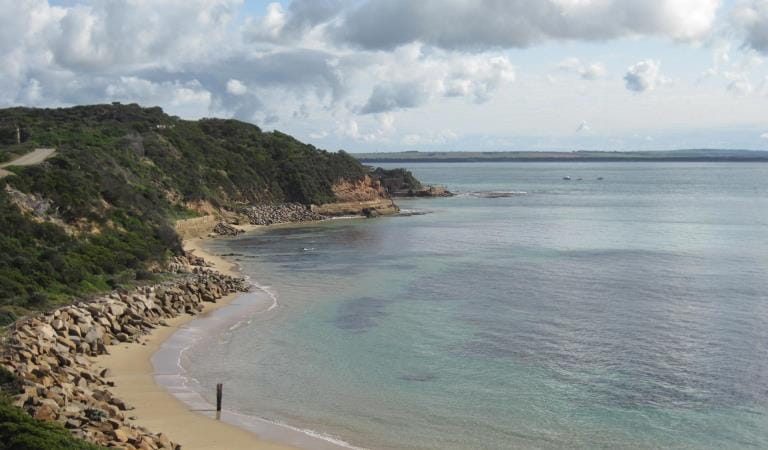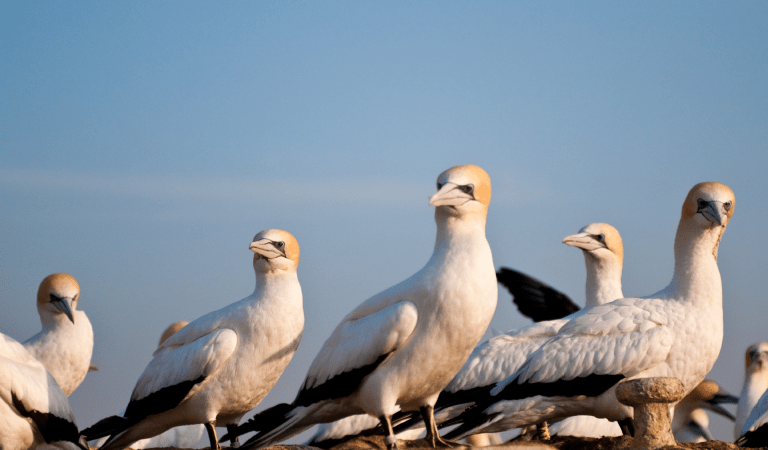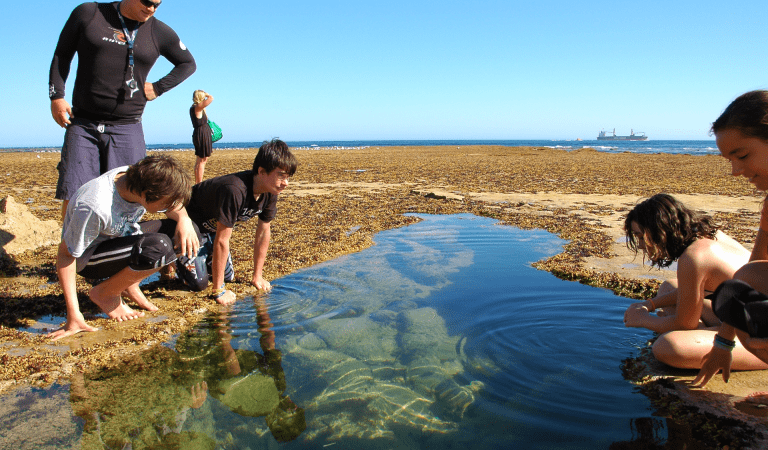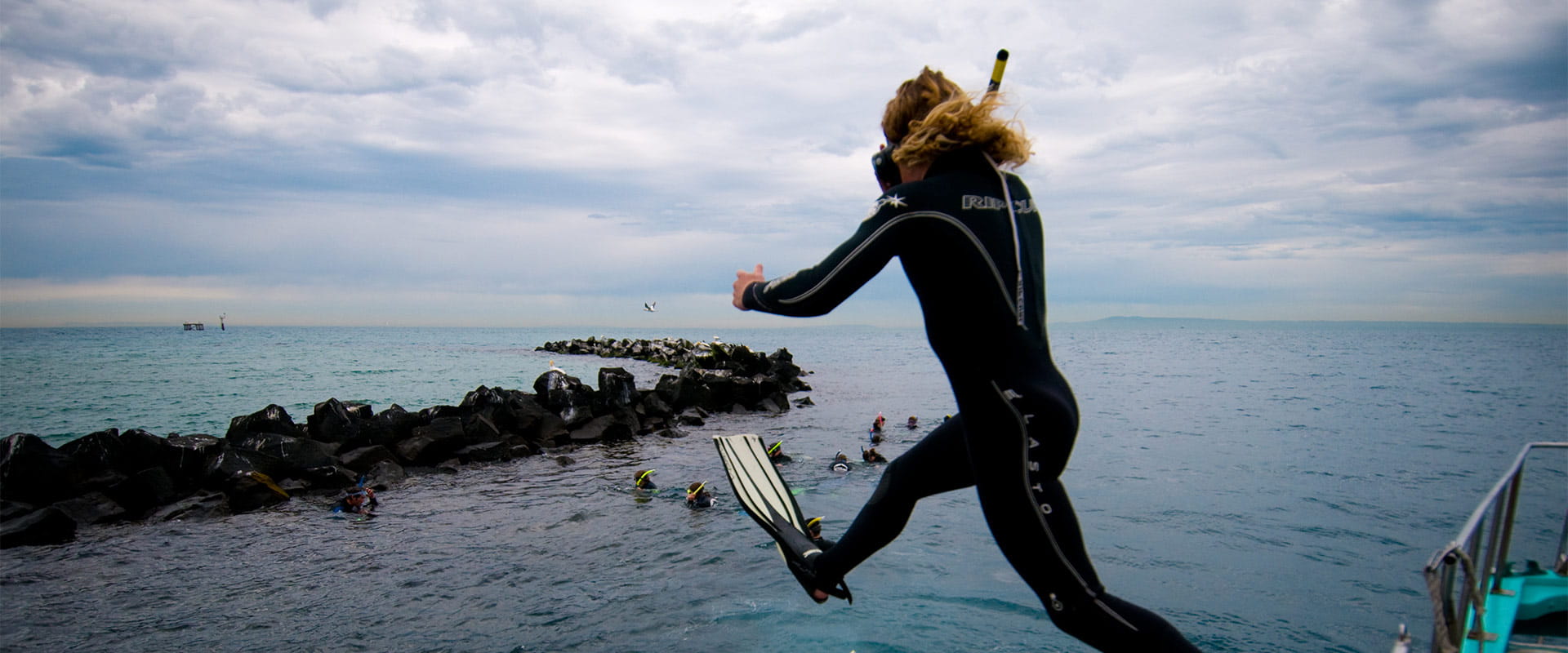Explore
Port Phillip Heads Marine National Park
Divers and snorkelers can discover exciting underwater destinations within the Marine National Park. Portsea Hole is one of the most popular recreational dives sites for experienced divers, reaching depths of up to 30m. Experienced divers can explore the spectacular vertical reef and array of invertebrates, fish, sponges and soft corals.
Popes Eye is a popular short-stay destination for pleasure craft and Licensed Tour Operators. There is good snorkelling within the structure, but more experience is necessary when diving on the outside of it. Tides play an important role for both scuba diving and snorkelling. The diverse marine life includes colourful reef fish, octopus, feather stars, cuttlefish, seals and gorgonian corals, making it the perfect spot for underwater photography. Swan Bay and the surrounds of Mud Islands, and the intertidal reefs at Point Lonsdale and Point Nepean, are also great locations for both beginner and experienced snorkelers to explore.
In the entrance to Port Phillip – known as ‘The Rip’ – qualified divers can experience spectacular wall diving and challenging drift dives. The clear waters and outstanding colour and diversity of hard temperate coral outcrops, colourful sponge gardens, fish and invertebrates rivals even the tropical coral reefs.
Surfers and bodyboarders can ride the waves from outstanding breaks at Point Lonsdale and Point Nepean, although Point Nepean’s break is only accessible by boat. The waters of Swan Bay attracts canoers and kayakers, including regular social paddling groups.
You don’t have to be on or under the water to enjoy the park’s diverse marine environment. These wonderful coastal settings are perfect for nature observation such as mudflat wading, bird watching (especially Australasian Gannets at Popes Eye), rockpooling or walking on the beach. Take a boat trip out to Mud Islands and take in the scenery of these internationally recognised natural sites.
Things To Do

Diving and snorkelling

Water sports

Bird watching

Rockpooling and mudflat wading
Port Phillip Heads Marine National Park
Colourful sponge gardens, tall kelp forests and seagrass beds can all be viewed while diving and snorkeling. Australasian Gannets, Blue Devilfish, Octopus, Feather Stars, Cuttlefish, Australian Fur Seals, Whales, Dolphins, Little Penguins and Weedy Sea Dragons are just some of the fauna you may see when visiting the Port Phillip Heads Marine National Park. Keep an eye out for:
Tours and adventure experiences in parks
One of the best ways you can get into nature is with a Licensed Tour Operator.
There are more than 400 Licensed Tour Operators across Victoria who are ready and waiting to help you experience and connect with Victoria’s spectacular parks and waterways.
Discover more than 60 different types of nature-based experiences including hiking, mountain biking, boating, four-wheel driving, indigenous culture tours, birdwatching, surfing, diving and so much more.
Licensed Tour Operators know all the best places to go and will plan and prepare your visit to ensure you are safe and can enjoy your nature-based adventure to the fullest.
How to get there
Port Phillip Heads Marine National Park
When you're there
Download the Port Phillip Heads Marine National Park Visitor Guide, which includes a map of the park and detailed map of the entrance.
Download the Port Phillip Heads Marine National Park Identification Booklet and Divers Guide to find out more about the marine plants and animal found in the park.
Dogs are not permitted in marine national parks. Within Port Phillip Heads Marine National Park there is one exception, the Point Lonsdale Sector where are dogs are permitted however must be on lead at all times.
Please take all rubbish away with you.
Always replace any creatures or rocks you may have disturbed and do not take or damage any animals, plants or objects, including sea shells.
Keep clear of bird nesting or roosting areas.
Please do not feed any wildlife.
Fishing from the shore or at sea is prohibited in the marine national park. You may carry finfish on board your boat within the marine national park or sanctuary boundaries if you caught the fish outside the park and you may also carry, but not use, a fishing rod. Spear guns are not permitted within any of Victoria’s marine protected areas.
You may also have abalone or rock lobster and associated equipment (securely stowed) on board the boat provided you are travelling straight through the park by the shortest route.
There are strong penalties under the National Parks Act for fishing in marine national parks and marine sanctuaries. To report a fishing offence, call the Department of Environment and Primary Industries on 13 FISH (13 3474).
The sanctuary is patrolled by Rangers and Fisheries Officers to enforce these regulations.
Need to know
Port Phillip Heads Marine National Park
Accessibility
Visiting a park can be more of a challenge for people with disabilities, however in Victoria there are a wide range of facilities to help people of all abilities enjoy our wonderful parks around the state.
Assistance dogs are welcome in Parks Victoria parks and reserves. Entry requirements apply for parks and reserves that are usually dog prohibited, such as national parks.
Safety
Practice safe boating, follow all signs and markers correctly, and do not anchor in shipping channels.
Beware of sudden changes in weather, especially when boating on open water.
Wear shoes with good grip when walking on rock platforms.
Never put your hands where you cannot see your fingertips, such as under seaweed or rocks, to avoid dangerous creatures.
Be aware of strong currents and undertows when swimming and snorkelling.
Stay away from cliff edges and bases.
Diving should only be undertaken by experienced and qualified divers.


